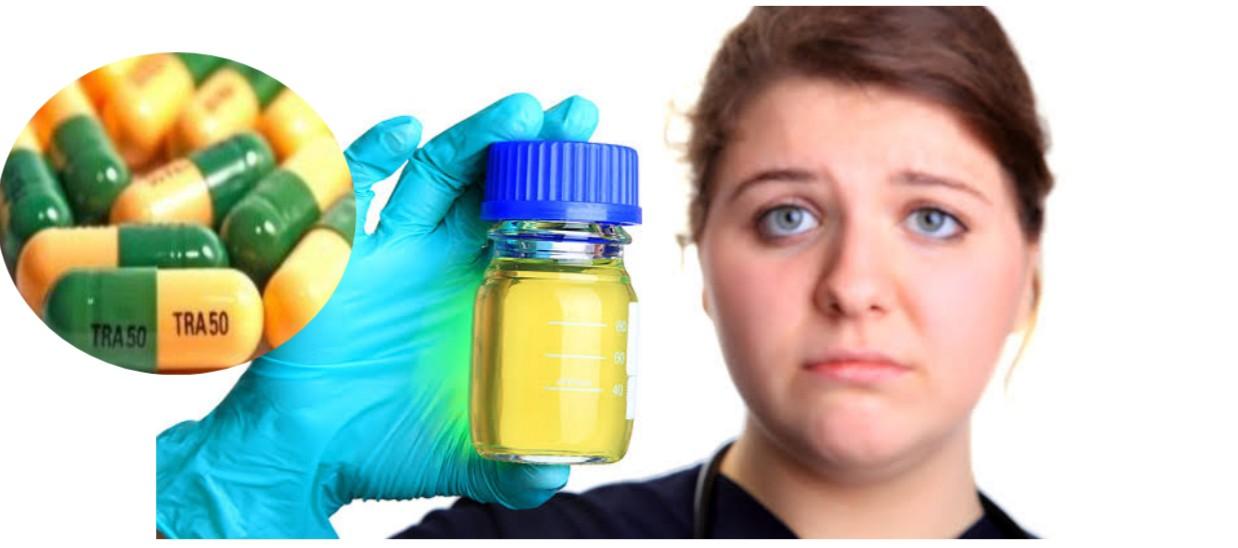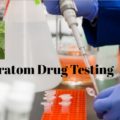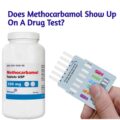Tramadol is a synthetic opioid used to treat chronic pain. It is believed to bind to mu opioid receptors in the brain. It may possibly inhibit the reuptake of norepinephrine and serotonin, mimicking the effects of the body’s natural pain-relief system. Tramadol is available in long-acting or extended-release tablets and capsules. When swallowed, its effects appear gradually and peak within four to six hours. It’s weaker than other prescription and illicit opioids, such as heroin, codeine, or methadone. Over 100 million prescriptions are written for tramadol every year. However, it can still lead to dependence.
What are the side effects of Tramadol use?
Tramadol’s effects are similar to those of other opioids.
Mood:
- sense of well-being
- relaxation
- euphoria
Physical:
- pain relief
- constipation
- slower rate of breathing
- dizziness
- fatigue
- headaches
- itching
- nausea
- vomiting
- sweating
- erectile dysfunction
Psychological:
- Confusion
Is dependence the same thing as addiction?
Dependence and addiction aren’t the same. Dependence refers to a physical state in which your body is dependent on the drug. With drug dependence, you need more and more of the substance to achieve the same effect (tolerance). You experience mental and physical effects (withdrawal) if you stop taking the drug. When you have an addiction, you can’t stop using a drug, regardless of any negative consequences. Addiction can occur with or without physical dependence on the drug. However, physical dependence is a common feature of addiction.
What causes addiction?
Addiction has many causes. Some are related to your environment and life experiences, such as having friends who use drugs. Others are genetic. When you take a drug, certain genetic factors can increase your risk of developing an addiction. Regular drug use changes your brain chemistry, affecting how you experience pleasure. This can make it difficult to simply stop using the drug once you’ve started. SEE: White Pill 377
What does addiction look like?
Addiction has some common signs, regardless of the substance being used.
Some general warning signs include:
- substance use on a regular basis
- an overpowering urge for the substance
- taking more of the substance to achieve the same effect (tolerance)
- having a constant supply of the substance on hand
- spending money you need for bills or other necessities on the substance
- failing to meet school or professional obligations due to substance use
- using the substance in spite of the risks and problems it poses
- engaging in risk behaviors, such as violence, to obtain the substance
- taking out-of-character risks while under the substance’s influence
- spending excessive amounts of time obtaining the substance, using it, and recovering from its effects
- trying and failing to stop using the substance
- experiencing withdrawal symptoms once substance use has stopped
How to recognize addiction in others
Your friend or loved one might try to hide substance abuse from you. You might wonder if it’s drugs or something else, such as a challenging job or a stressful life change.
The following can be signs of addiction:
- personality changes, including mood swings or anxiety
- behavioral changes, including secrecy, paranoia, or aggressive behavior
- changes in appearance, including unexplained weight loss or weight gain, poor hygiene, and pinprick pupils
- ongoing health issues, including exhaustion, poor nutrition, or insomnia
- social withdrawal, resulting in strained relationships with friends and family or new relationships with other substance users
- poor performance at work or school, often due to disinterest or absence
- money or legal issues, including suspicious or frequent requests for money
Does Tramadol Show Up On A Drug Test?
A drug test is a technical analysis of a biological specimen, for example urine, hair, blood, breath, sweat, and/or oral fluid/saliva to determine the presence or absence of specified parent drugs or their metabolites. Tramadol is detectable in urine for 1-4 days after last use, in hair for 4-6 months, in saliva for up to 48 hours, and in blood for about 12-24 hours. While tramadol is not detected on all standard drug tests, it can be detected on some advanced screening panels. Urine tests, hair tests, saliva tests, and blood tests are the most common forms of drug tests. Urine tests can still detect traces of tramadol from 1 to 4 days after last use. Nevertheless, it is important to also note that tramadol will always show up on a toxicology screening specifically designed for prescription drug detection.
What to do if you think a loved one has an addiction
The first step is to recognize any misconceptions you might have about addiction. Remember that taking drugs changes the structure and chemistry of the brain over time, making it increasingly difficult to simply stop using the drug. Next, learn more about risks and side effects, including the signs of intoxication and overdose. Research treatment possibilities to suggest to your loved one. You should think carefully about how best to share your concerns. If you’re considering an intervention, remember that a positive outcome isn’t a given.
Although an intervention might prompt your loved one to seek help for an addiction, it can also have negative repercussions. This includes feelings of shame, anger, or social withdrawal. In some cases, having a low-pressure conversation is a better option.
Remember that you might not get the response you hoped for. Your loved one might deny taking drugs altogether or refuse to seek treatment. If that happens, consider looking into additional resources or joining a support group for family members of people with substance abuse problems. ALSO READ: What is The Street Value of Tramadol?
Where to start if you or your loved one wants help
For some, asking for help can be an important first step. When you — or your loved one — are ready to get treatment, consider reaching out to a supportive friend or family member. They can offer encouragement and help hold you accountable as you begin the road to recovery. You can also start by making a doctor’s appointment. Your doctor can assess your overall health by performing a physical exam. They can also discuss your options for treatment and, if needed, initiate detoxification procedures and once detox is over, make a referral for additional help.
How to find a treatment center
Speak to a doctor or other health professional for a recommendation. You can also search for a treatment center close to where you live using the Behavioral Health Treatment Services Locator, a free online tool provided by the Substance Abuse and Mental Health Services Administration (SAMHSA).
What to expect from detox
Symptoms of tramadol withdrawal are similar to symptoms of opioid withdrawal, though they may be generally milder (note that everyone’s experiences are different).
Detoxification (detox) is a process aimed at helping you stop taking tramadol as safely and as quickly as possible. This can include medication to ease withdrawal symptoms, such as non-steroidal anti-inflammatory drugs (NSAIDs), muscle relaxants, and anti-anxiety drugs.
Before detox begins, your doctor will perform a physical evaluation. This may also include blood tests to determine if there are any additional physical issues that must be addressed. Stabilization is achieved when the drug is out of your system.
Detox can take several days or several weeks. Your individual timeline will depend on your body’s level of dependency. Your doctor will help you prepare for treatment once the drug is completely out of your system.
What to expect from treatment
Treatment generally begins once detox ends. The overall goal is to help you lead a healthy life without taking tramadol or other drugs. Treatment can also help address any other underlying health conditions, such as anxiety or depression. There are relatively few studies assessing treatments specifically for tramadol dependence. Treatment options are generally the same for any opioid addiction.
Therapy
Therapy is led by a psychiatrist, psychologist, or counselor. You can do it alone, with your spouse or family, or in a group.
There are a number of different types of therapy. Cognitive behavioral therapy (CBT) can help you identify and change negative attitudes and behaviors, namely those that lead to drug use. You’ll also learn how to cope with cravings, avoid triggering situations, and reduce your risk of relapse.
Contingency management (CM) therapies for opioid addiction incorporate rewards, such as cash prizes or vouchers in exchange for drug-free urine samples. The value of the reward typically increases the longer you’re drug free. Therapy can be intensive during the first weeks of treatment. As time wears on, you may be able to attend therapy less frequently.






